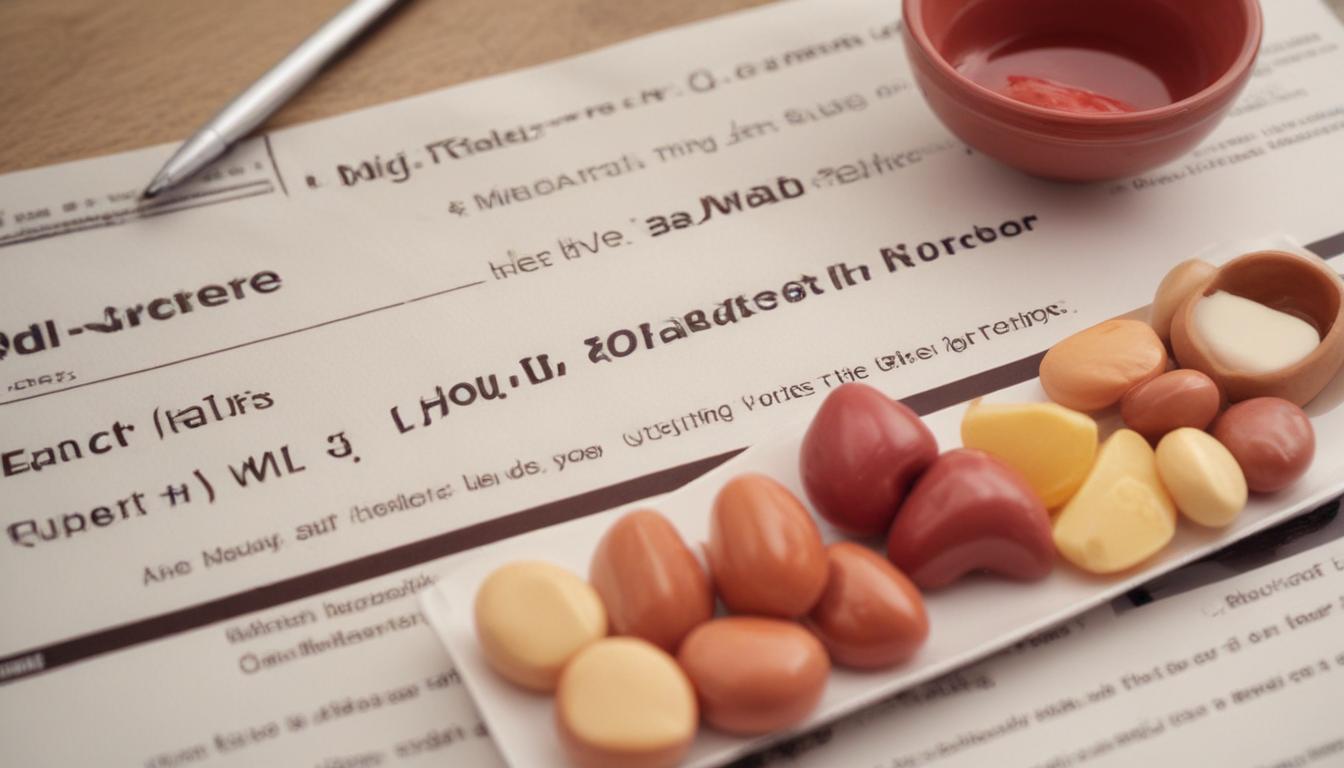Now Reading: Good vs. Bad Cholesterol Explained
- 01
Good vs. Bad Cholesterol Explained
Good vs. Bad Cholesterol Explained

Cholesterol Explained Good vs Bad
That recent blood test report is sitting on your counter, and one word keeps jumping out at you cholesterol. Suddenly, your mind is racing with questions. Is my number too high? What does it even mean? You have probably heard the terms “good” and “bad” cholesterol thrown around, but it all feels like a confusing medical puzzle. This uncertainty can be stressful, leaving you worried about your heart health and unsure of what to do next.
Forget the confusion and anxiety. This guide is here to be your clear, simple resource for understanding cholesterol. We will break down exactly what those numbers on your report mean, demystify the difference between good and bad cholesterol, and show you how they impact your overall health. By the time you finish reading, you will feel empowered with the knowledge to have a more informed conversation with your doctor and take confident steps toward a healthier lifestyle.
What Is Cholesterol Anyway
Before we dive into the “good versus bad” debate, it is crucial to understand that cholesterol itself is not the enemy. It is a waxy, fat-like substance that is naturally produced by your liver and is also found in certain foods, like meat and dairy. Your body absolutely needs cholesterol to function correctly. It plays a vital role in building the structure of your cell membranes, producing essential hormones like estrogen and testosterone, and helping your body make Vitamin D. Without it, many of your body’s fundamental processes would grind to a halt.
The issue with cholesterol arises when there is too much of it circulating in your blood. Because cholesterol is fatty and your blood is mostly water, they do not mix. To travel through your bloodstream, cholesterol needs to be packaged into particles called lipoproteins. These lipoproteins are like tiny transport vehicles, carrying cholesterol to and from cells. The type of lipoprotein carrying the cholesterol determines whether it is considered “good” or “bad” for your health.

The Main Players LDL vs HDL
The two most talked-about types of lipoproteins are Low-Density Lipoprotein (LDL) and High-Density Lipoprotein (HDL). Understanding the distinct job of each one is the key to unlocking the mystery of your cholesterol report and what it means for your heart.
LDL Cholesterol The “Bad” Guy
Low-Density Lipoprotein, or LDL, is often called the “bad” cholesterol for a very good reason. Its primary job is to transport cholesterol from your liver out to the cells throughout your body. While this is a necessary function, problems begin when you have an excessive amount of LDL in your bloodstream. When there is too much LDL, it can start to deposit its cholesterol cargo onto the walls of your arteries. Over time, these deposits can build up and combine with other substances to form thick, hard plaque.
This process, known as atherosclerosis, causes your arteries to become narrower and less flexible. Think of it like a plumbing pipe slowly clogging with gunk over the years. This narrowing restricts blood flow to your heart, brain, and the rest of your body. If a piece of this plaque breaks off, it can form a clot that completely blocks an artery, leading to a heart attack or stroke. That is why keeping your LDL levels low is a primary goal for maintaining good cardiovascular health.
HDL Cholesterol The “Good” Guy
On the other side of the equation is High-Density Lipoprotein, or HDL, which is rightly known as the “good” cholesterol. HDL acts as the cleanup crew for your cardiovascular system. Its main function is to scavenge for excess cholesterol in your arteries and bloodstream and transport it back to the liver. Once it reaches the liver, the excess cholesterol is broken down and removed from your body. This process helps prevent the plaque buildup that is caused by high LDL.
Because of this protective role, higher levels of HDL cholesterol are desirable. A healthy HDL level is associated with a lower risk of heart disease and stroke. It essentially works against the harmful effects of LDL, helping to keep your arteries clear and healthy. This is why when your doctor looks at your cholesterol report, they are not just looking at the total number; they are paying close attention to the balance between your “bad” LDL and your “good” HDL.
Simple Steps for Healthy Cholesterol Levels
Seeing your cholesterol numbers is the first step; the next is taking action to improve them. The good news is that simple, consistent lifestyle changes can have a powerful impact on managing your LDL and HDL levels, putting you in the driver’s seat of your heart health.
The foundation of healthy cholesterol management starts on your plate. To lower your “bad” LDL, focus on reducing your intake of saturated and trans fats. These are typically found in red meat, full-fat dairy products, fried foods, and commercially baked goods. Instead, fill your diet with heart-healthy alternatives. Increase your consumption of soluble fiber, found in foods like oatmeal, apples, Brussels sprouts, and beans, as it can bind to cholesterol and help remove it from your body. Additionally, incorporate more healthy unsaturated fats from sources like avocados, nuts, seeds, olive oil, and fatty fish like salmon, which can help lower LDL and even raise your “good” HDL.
Beyond your diet, your daily habits play a significant role. Regular physical activity is one of the most effective ways to boost your HDL levels. Aim for at least 30 minutes of moderate-intensity exercise, such as brisk walking, swimming, or cycling, most days of the week. Maintaining a healthy weight can also improve your cholesterol numbers by helping to lower LDL. Finally, if you smoke, quitting is one of the best things you can do for your heart. Smoking damages the walls of your blood vessels, making them more prone to plaque buildup, and it also lowers your protective HDL cholesterol.

































